Japan 200 BC to AD 1185
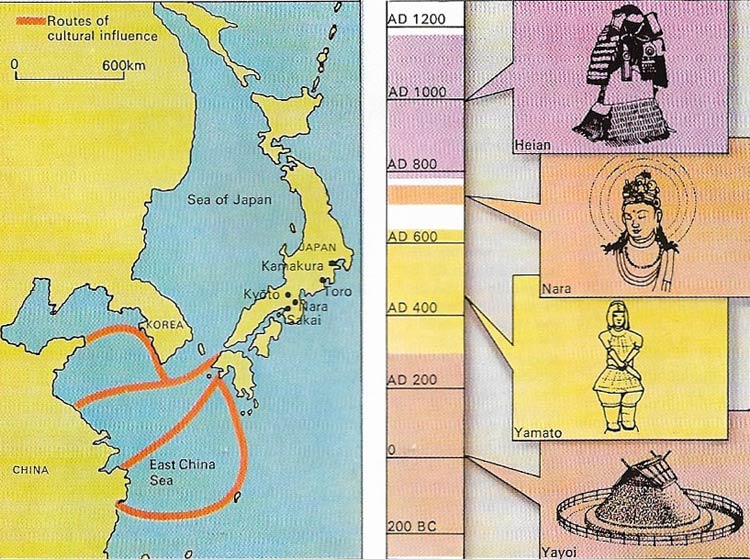
Figure 1. Routes by which culture and Buddhism entered Japan were established by the 9th and 10th centuries. Contacts dated from c. AD 400 when the King of Paekche, in Korea, sent scholars to Japan with Confucian writings. Buddhist writings and sculptures in the 6th century and Japan then began sending official embassies and students to T'ang China.
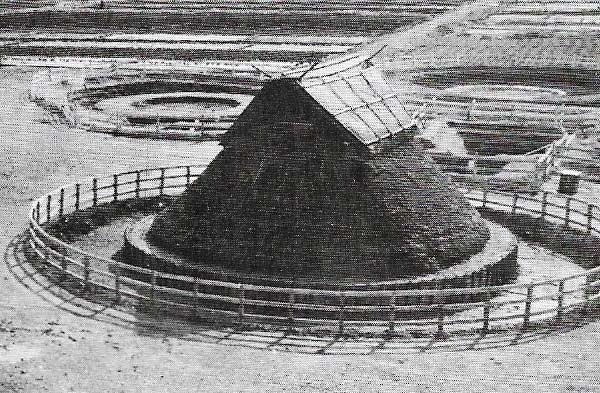
Figure 2. A house of the Yayoi period (250 BC–AD 300) was reconstructed at Toro in the suburbs of Shizuoka where the foundations exist of 11 houses, granaries and irrigation channels for paddies.
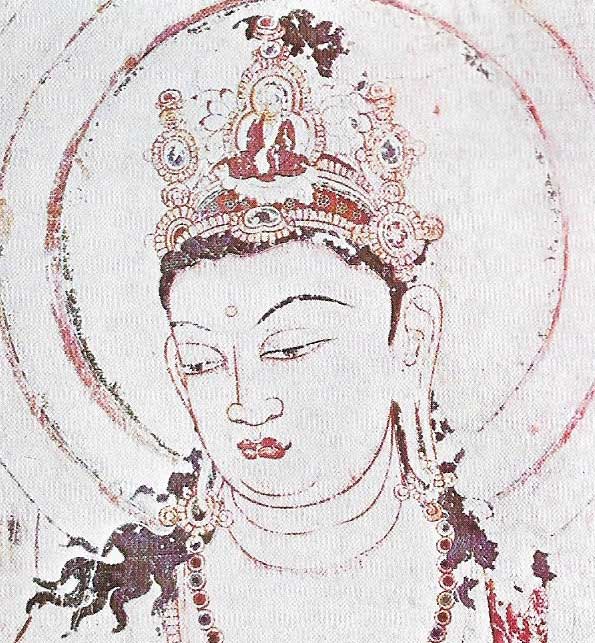
Figure 3. A mural painting of a Buddhist deity in the Kondo of Horyuji temple, Nara, is in the style of a contemporary T'ang painting of the 7th or 8th century and reveals the Indian origins of T'ang and Korean Buddhism. Only fragments of these murals remain, but in China no similar works survive at all.
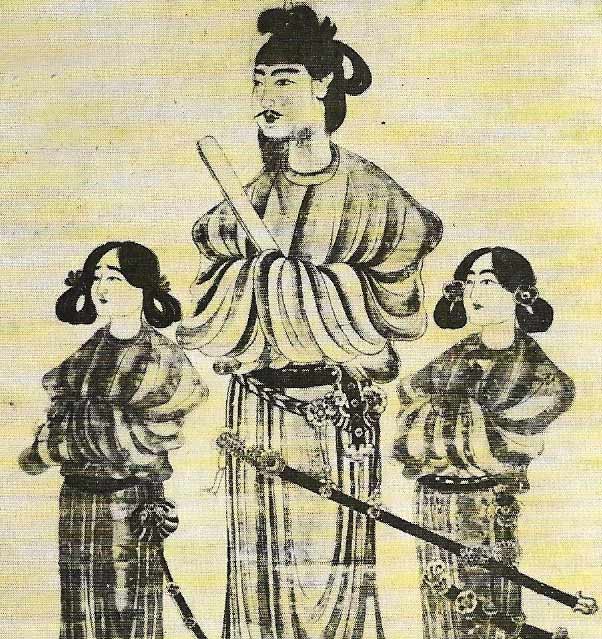
Figure 4. Shotoku Taishi (571–621) made a profound study of Buddhism and founded such important temples as Horyuji in Nara. He also tried to introduce Confucian ideas into the Japanese state and proclaimed a code of government in 604. The painting shows him in Chinese-style robes and is in the manner of a Chinese imperial portrait.
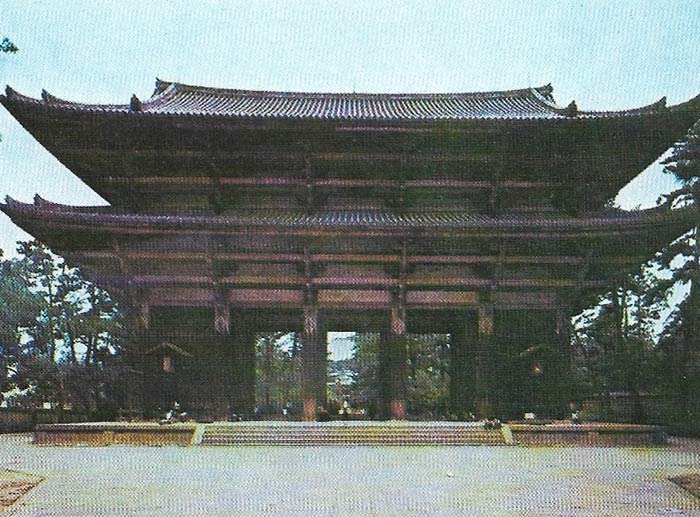
Figure 5. Naindaimon, an imposing Chinese-style structure, is the main gateway to Todaiji Temple. The style of the gateway reflects the architectural trend toward strength and simplicity that typified the Kamakura period and indicates the wide cultural links Japan developed with T'ang China.
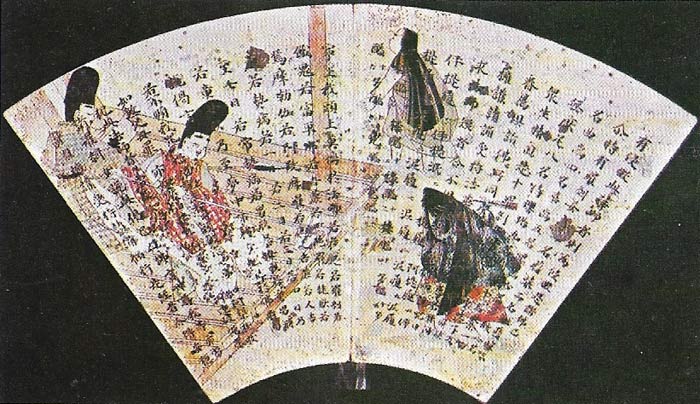
Figure 6. This hand-painted copy of a sutra (Buddhist scripture) dates from the late Heian period. It was believed that copying sutras by hand was one way to gain re-birth in Paradise. This was a feature of the Buddhist cult – the Jodo cult – which arose in the late 12th century and laid great stress on afterlife.
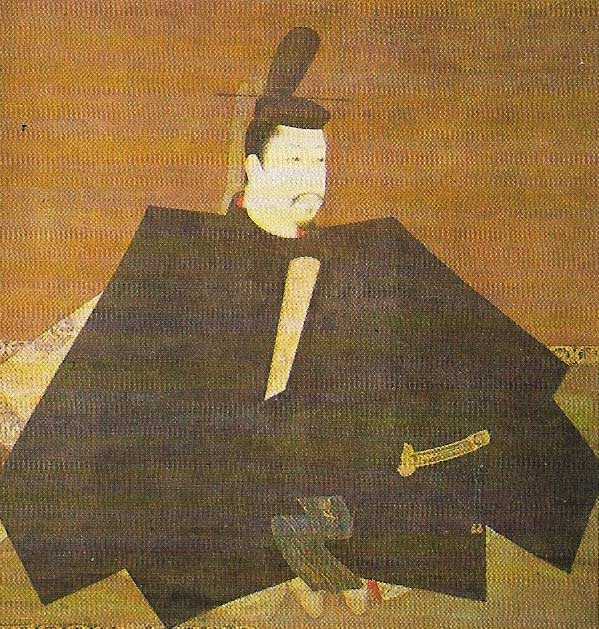
Figure 7. Minamoto Yoritomo (1147–1199) led the armies that destroyed the power of the Taira family in 1185. This conflict, immortalised in The Tale of Genji, inspired many important works of lite. Shown here in formal dress, Yoritomo set up his capital in his own territory, far from the imperial capital.
By the 1st century AD, successive waves of settlers from the Asian mainland, coming mostly through Korea, had brought three crucial skills to Japan. The casting of iron and bronze produced more effective tools and weapons. The potter's wheel speeded the production of earthenware. But more important than these we knowledge of rice and irrigation which replaced hunting and fishing with settled agriculture. The resulting Yayoi culture was based on farming villages (Figure 2), which had little or nothing by way of large-scale political organization.
Unification of Japan
In the 3rd century AD a Chinese chronicle, Wei Chih, described Japan as a country of more than "100 communities" that had been unified by Queen Pimiko. Some clan (Uji) leaders had sufficient power to organise the construction of vast channeled tombs; one such family claimed descent from the sun goddess, and emerged as head of a loose confederation of powerful clans.
By the sixth century this embryonic Yamato Imperial House had organized Japanese intervention in Korean civil conflicts. This brought contact with Chinese ideas and skills which swept down the Korean Peninsula, leading to a second and more radical transformation of Japanese life. Buddhism (Figure 3), Confucianism, medicine, astronomy, Chinese-style architecture and the Chinese script all entered Japan in the 6th and 7th centuries (Figure 1). Scholars travelled to China and soon Joan's central rulers sought to model their state upon the bureaucracy of China's T'ang Empire. In 592 Shotoku Taishi (Figure 4) became a regent and began a program of spreading Buddhism and widening the power of the Yamato Imperial House.
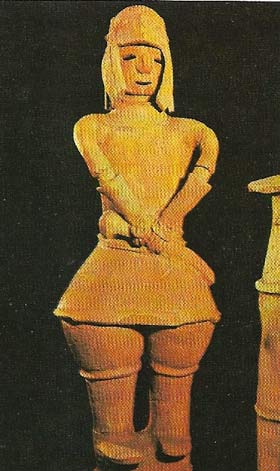 |
| A haniwa is a hollow pottery figure, designed to house a spirit, which was often placed on the burial mounds of clan leaders and members of the imperial family. This figurine of an armoured warrior comes from the Yamato period (c. AD 30–c. 625); figures also exist in the form of animals, buildings and boats, as well as men and women. The idea of an anthropomorphic grave-statue was native to the Shinto tradition; when Buddhist craftsmen came to influence the Japanese artists, they brought refinements, but not the basic idea. Japanese haniwa differ from Chinese statues by having a hollow "eye" allegedly the entrance for the spirit within. |
In 646, measures known as the Taika Reforms included the imperial control of rice land, systematic taxation, and a nationwide network of imperial officials. At the center of the new state was to be a Chinese-style capitol with palaces, temples and broad straight avenues linking public buildings. China's system of civil service examinations was never reproduced, however. Powerful provincial families remained remarkably independent and a conscription system proved inefficient. Yet the legal codes of 702 were detailed and far-reaching and Heijo (Nara) contained impressive structures that still survive.
At the close of the eighth century the political influence of Buddhism had become so great that one priest, Dokyo, attempted to capture the imperial throne. Partly in response to this danger the court set up a new capitol at Heian (Kyoto) in 794.
Rise of Fujiwara
After 50 years of stable administration, events at court produced new threats to imperial authority. The Fujiwara family had been loyal state servants throughout earlier centuries but now they used intermarriage and masterly intrigue to dominate palace appointments. In 857 Fujiwara Yoshifusa became grand minister. Soon after, his grandson was made child-emperor with himself as regent. Later Fujiwara remained regents after infant emperors reached maturity, and throughout the eleventh century they wielded overwhelming power.
The Heian capitol was the scene of outstanding cultural achievements. Whereas the dominant arts of Nara had been in the Chinese T'ang style, the new regime severed links with the continent and developed artistic styles that were authentic expressions of Japanese sensibilities. Architecture became less flamboyant and more refined. Vivid picture scrolls illustrated historical and literary themes. A new phonetic script supplemented Chinese characters, and permitted more supple forms of expression. The Tale of Genji (c. 1010–1020), Japan's most famous novel, was written by a court lady of the Heian capitol.
Warrior families and court life
Parallel with the weakening of imperial authority came the rise of provincial families with new sources of power. To maintain law and order and combat northern aborigines, these lords increased their armies and became increasingly oblivious of imperial control. Their independent estates (shoen) paid little to the capitol but stimulated the economic development of other territories. These new centers of agriculture and organization produced leaders with a practical military ethic indifferent to many of the pretensions of court life.
In the eleventh century courtiers recognized the might of this new class and invited the powerful Taira and Minamoto families to aid them in suppressing dangerous rebellions. The Fujiwara may have hoped to control these robust warriors (6) but soon the Taira had replaced them as the effective masters of palace and throne. Taira Kiyomori used force and intrigue to overpower his rivals and in 1180 made his infant grandson emperor. After 20 years of dominance the Taira appeared unchallenged in the capital, but military power was now the only determinant of politics and the Minamoto rebelled against the new overloads of Heian Kyo.
From 1180 to 1185, these two families and their coalitions were embroiled in nationwide warfare. By 1184, the land forces of the Taira were annihilated and a year later their nave was destroyed. Now the Minamoto were masters of Japan. Warriors ruled from their capital of Kamakura.
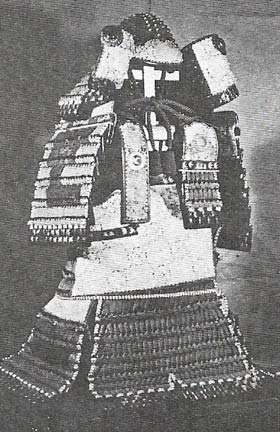 |
| Japanese armor of the Kamakura period shows the artistry associated with the late Heian period and the rise of a provincial military class that demanded very high skills of workmanship. Warriors often donated fine armour to important shrines. Their personal code emphasised simple dignity and courage. |
